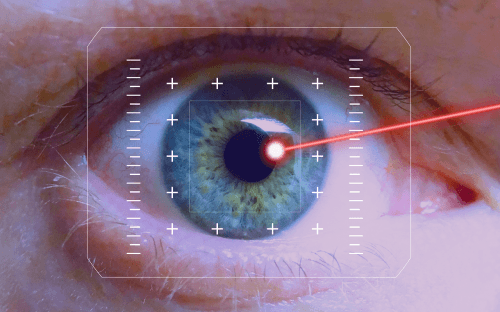
What is Retinal Detachment?
Retinal Detachment is a serious problem in which the retina becomes separated from the adjacent tissues of the eye. This pathology may initially be restricted to one area, but if not detected and treated early on, it can develop until the retina becomes completely detached.
What are the symptoms?
Retinal Detachment is painless. Symptoms of this disease may include the following:
- A sudden increase in size and number of floaters
- The appearance of flashes of light (photopsia)
- The occurrence of shadows or curtains in the field of vision
- A sudden decrease in vision
What are the causes of Retinal Detachment?
This is a problem that can occur at any age but it usually affects individuals from middle age onwards. People with a medical history of any of the following are more likely to suffer from retinal detachment:
- Myopia
- Previous existence of this condition in the opposite eye
- Anterior eye surgery, such as cataract removal
- Eye injury
- Family history of retinal detachment
How is it diagnosed?
This condition is diagnosed by examination of the ocular fundus by the ophthalmologist using dilatation of the pupil and a slit lamp.
What is the treatment?
The treatment for Retinal Detachment is always surgical, and should be performed as soon as possible after the condition is detected. Depending on the extent of the detachment and patient’s condition, surgical procedures to treat retinal detachment include:
- Laser surgery (to “weld” or seal up the retina. This treatment option is only possible if the disease is detected at a very early stage)
- Vitrectomy (removal of the vitreous and injection of air, gases or liquids)
- Pneumatic Retinopexy (injection of gas into the vitreous)
- Scleral Buckling (placement of a localized explant or silicone strip around the eyes, so that the sclera is pressed towards the retina)
